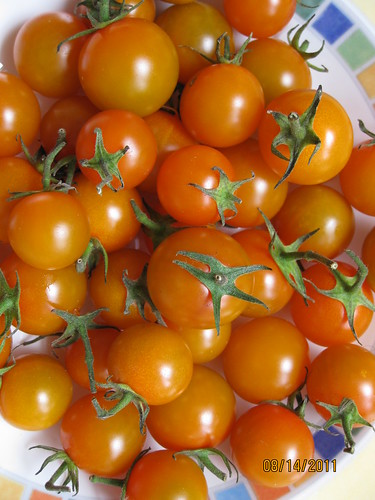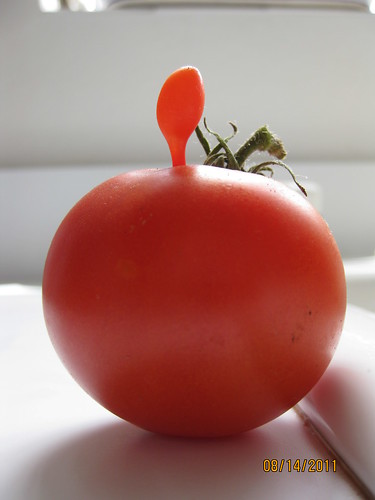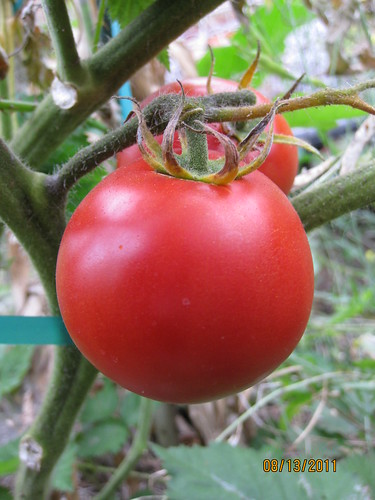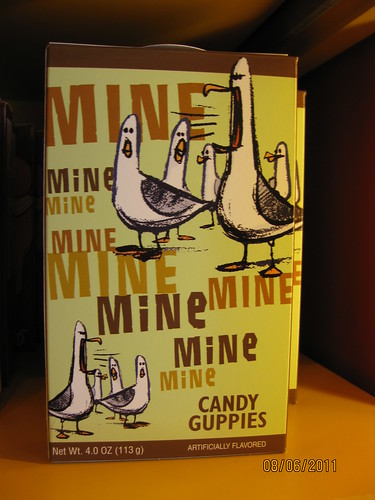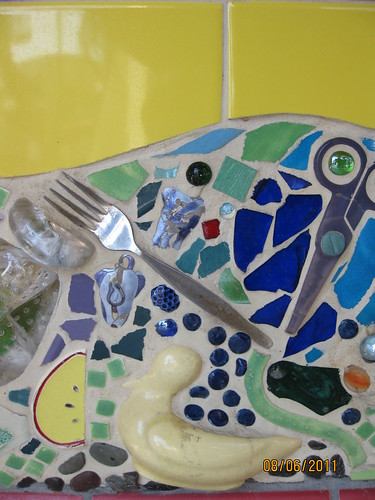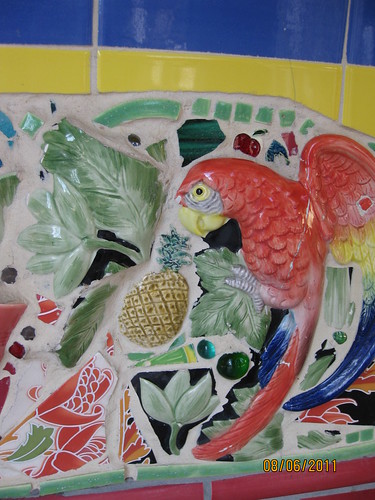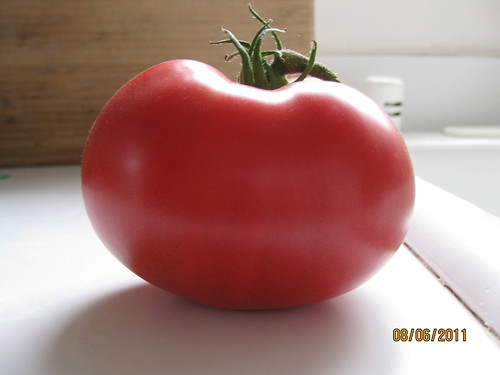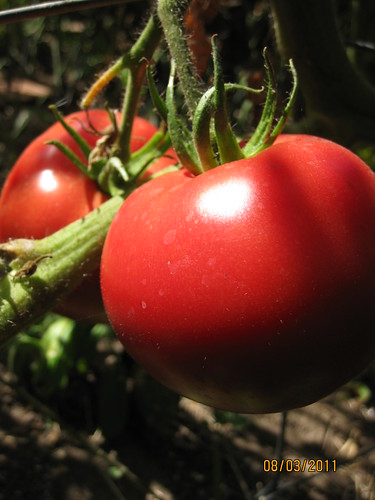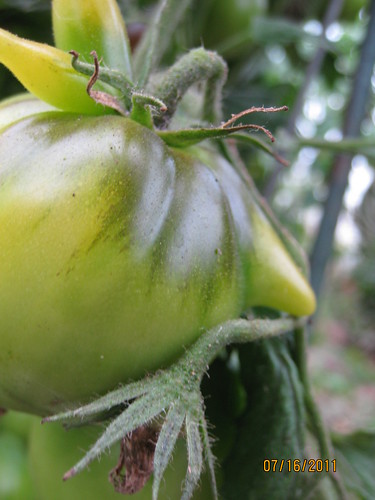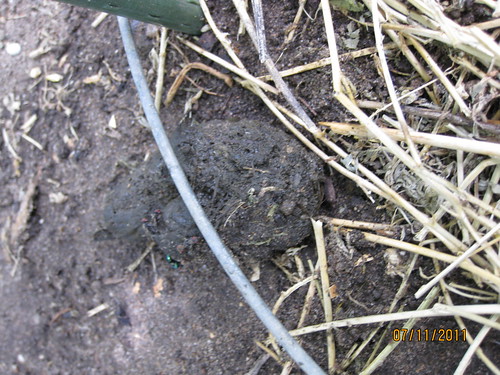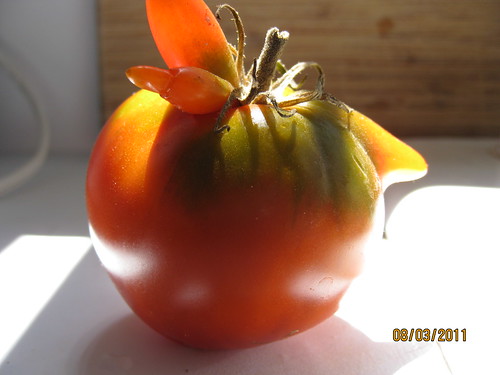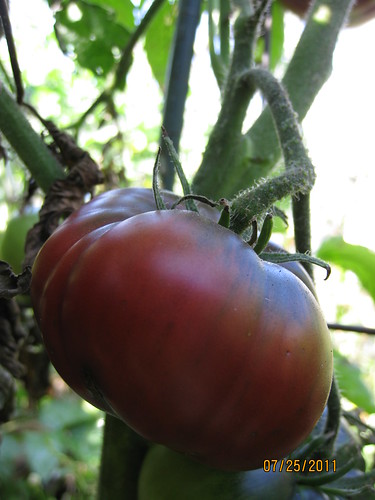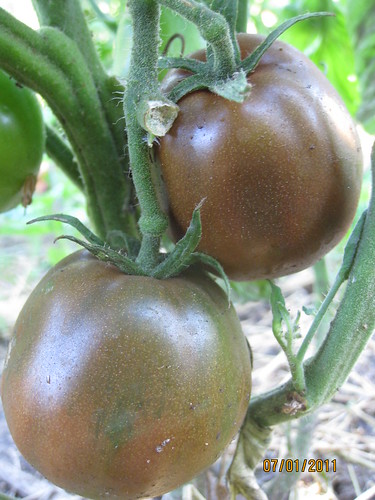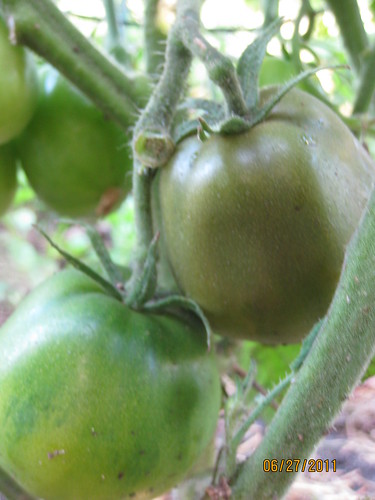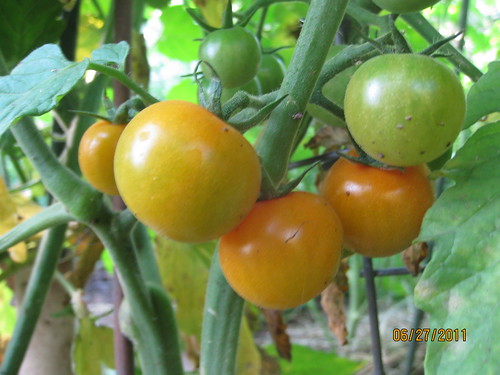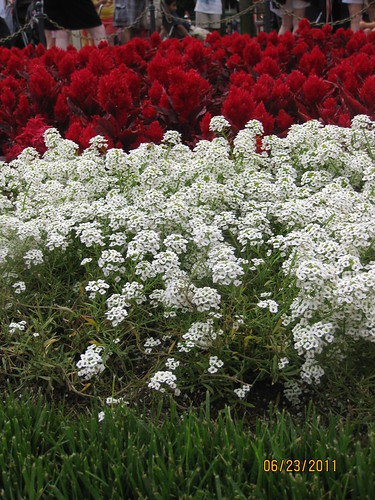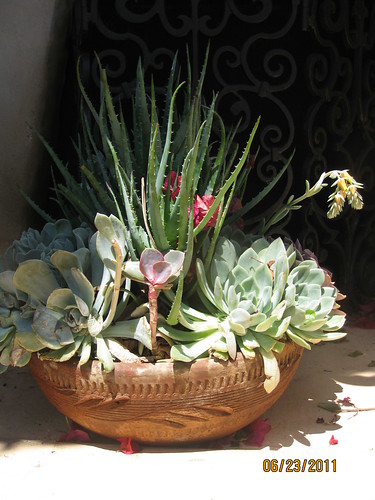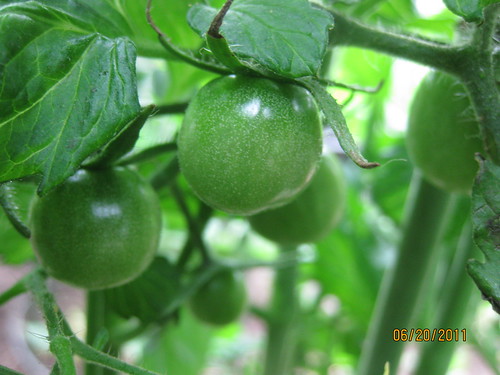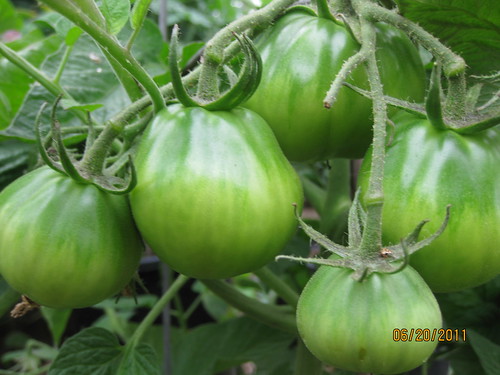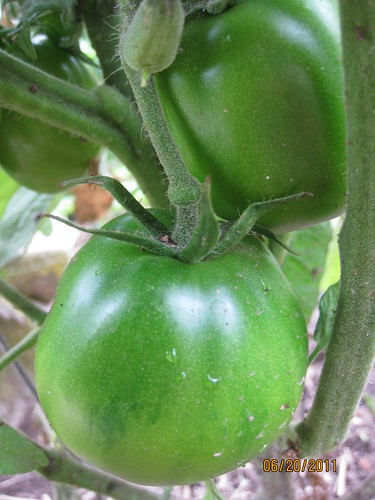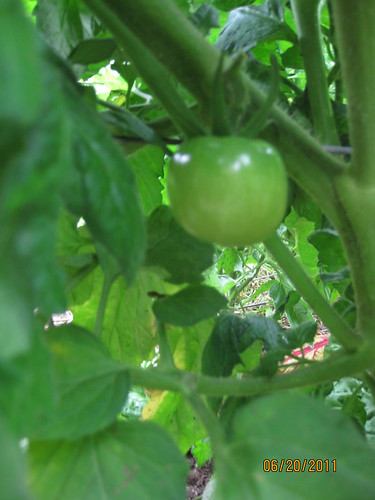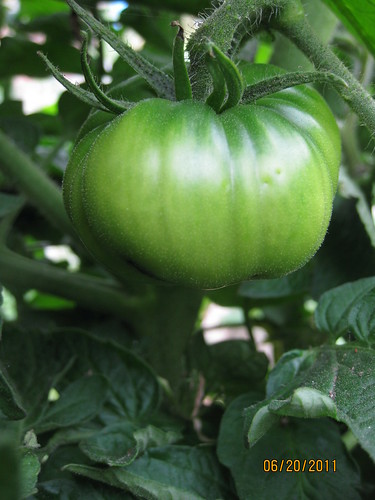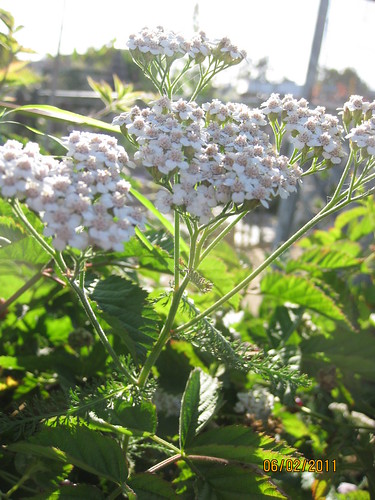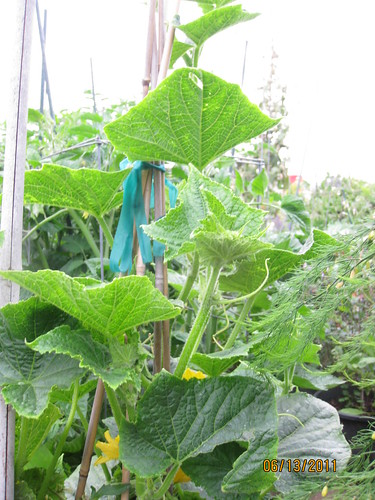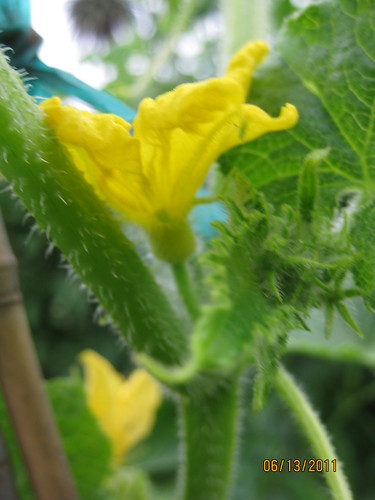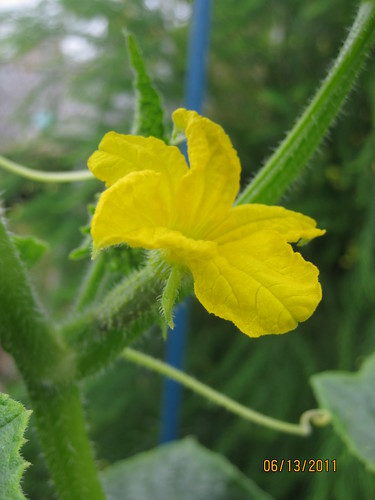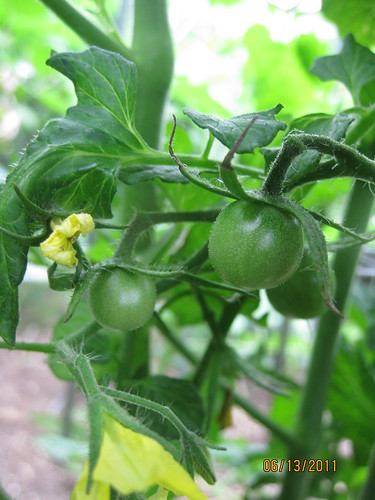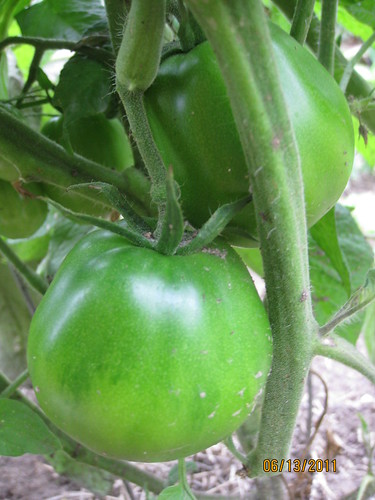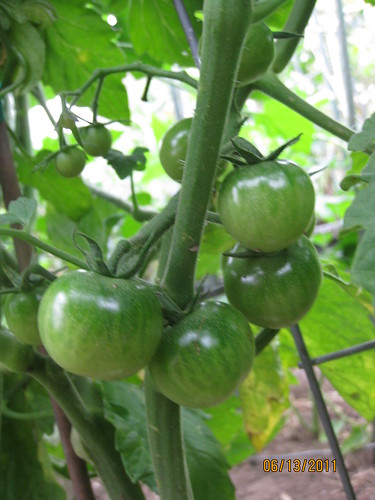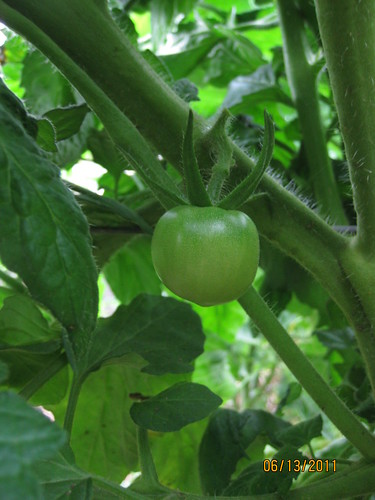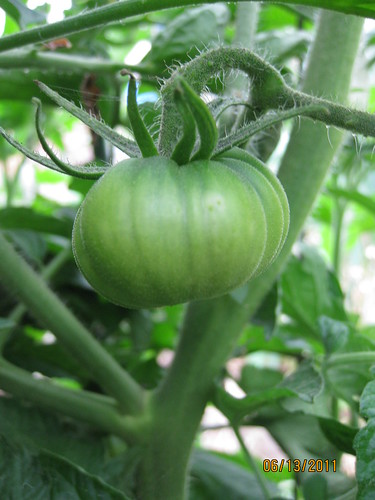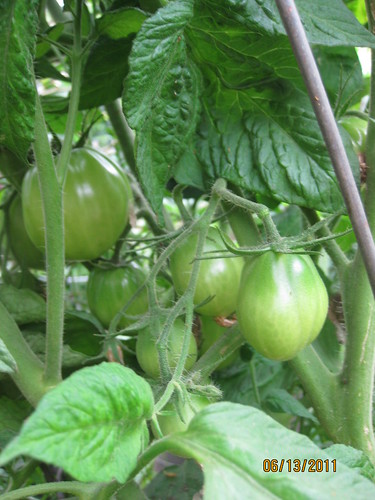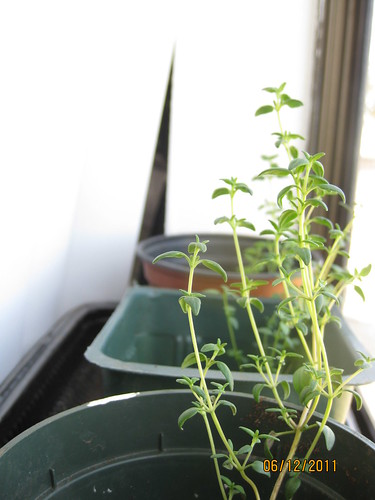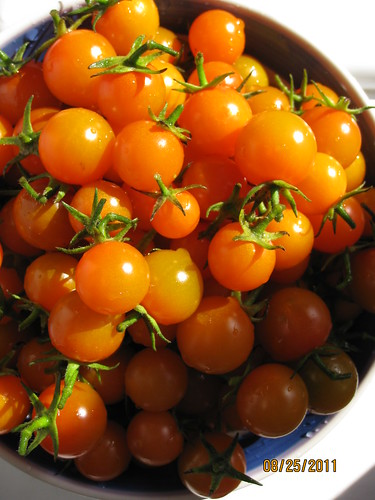
Going back over this season, some thoughts for next year:
This year, I started planting seeds in March, a bit late I thought then, but I think it all worked out. I have planted as early as December. While it is nice to get an early start, we can get weather too cold for the tropical-ish tomatoes. Another consideration re: seed planting: I would like tomato ripening spread out over the summer but, alas, this is the reality of growing crops, even as small-scale as my adventure. As it was, this year, I had a ripening glut in the first three weeks of August. I think it would be good to plant a few in January, a few in February, a few in March and no later.
What would I plant next year? I will stick with cold climate tolerant tomatoes but with a few exceptions. Definitely the Sungold will be back, even though it is a hybrid, not an heirloom. What an overachiever! I would also make sure it had more room and more support since it grew like the monster plant in Little Shop of Horrors. I would like to have two, maybe one planted earlier, one planted later.
Definitely more Black Krim. This is a gorgeous cold climate tolerant heirloom producing the type of tomatoes that look beautiful in sandwiches. I only had one plant; next year, I would love to have at least two, perhaps planted a month apart.
I still like Momotaro, even though it is a hybrid. Two would be nice.
I had six Japanese Black Trifele, all ripening at the same time. Next year, I would prefer fewer, perhaps two. The Japanese Black Trifele do well here, one block from the beach, very prolific with smallish pear-shaped tomatoes.
I still have dreams of growing Brandywine's Sudduth, definitely not a cold climate tolerant tomato. It did well one year but never again. Growing Brandywine's Sudduth is my little attempt at being Don Quixote. I still like to dream.
I have a small plot so eight to nine tomato plants is about it, I think. I had twelve this year, a bit too much.
